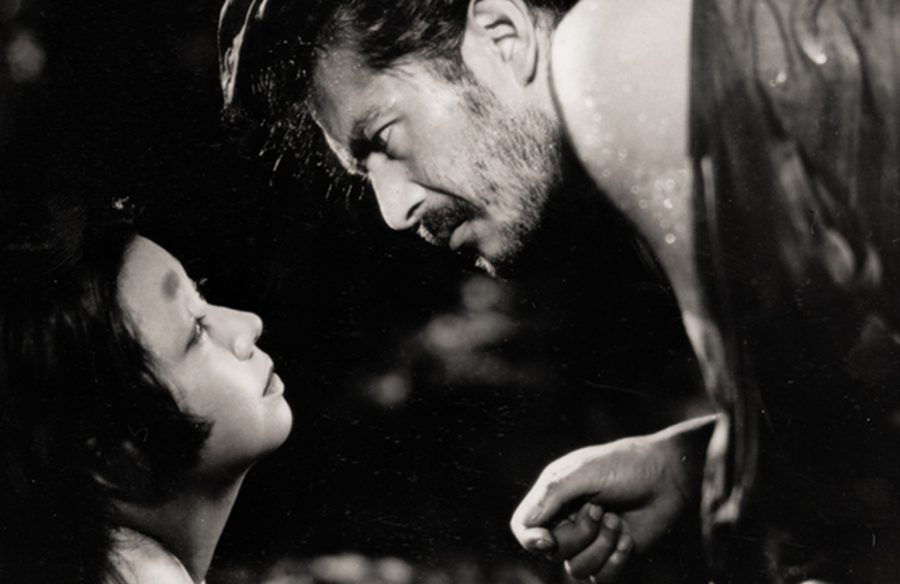Mifune Doc Details Legendary Career
This documentary, directed by Steven Okazaki, follows the life and work of actor Toshiro Mifune.
November 21, 2016
In what is often an either laughed-off or under-appreciated culture, one of Japan’s cinematic giants has finally earned the recognition he deserves. Steven Okazaki’s documentary “Mifune: The Last Samurai” honors Japanese actor Toshiro Mifune and serves as a decent primer for viewers unfamiliar with his work.
The documentary is a collection of stills, movie clips and interviews that trace Mifune’s path from birth to death. Interviewees include his oldest son, who touches upon Mifune’s private life, as well as Martin Scorsese and Steven Spielberg, who discuss Mifune’s legacy in the United States.
Mifune’s work has affected Hollywood’s history in many ways. “Yojimbo,” a 1961 period film about a ronin played by Mifune, can be considered one of the first western films. Famous directors like George Lucas grew up watching Mifune. If it weren’t for Mifune’s American agent, who advised him against taking the role, we would have grown up with a very different Obi-Wan Kenobi.
Mifune also starred in some of Japan’s most well-known movies, including “Rashomon” and “Seven Samurai.” Those two films also have a key commonality beyond Mifune’s participation: Akira Kurosawa. The pair worked together on many films, forming a historic alliance that spanned a period of over 25 years. Their partnership started after World War II, when Kurosawa was introduced to Mifune after the latter had worked as an assistant cameraman for a movie. Upon seeing Mifune act, Kurosawa — generally not one to be impressed by actors — was blown away. He sensed in Mifune an energy that spread vitality to everything around him.
Kurosawa is treated with as much respect as Mifune in this documentary. The two’s work are so intertwined that it would be impossible to detail the life of one without the other. Mifune and Kurosawa brought out the best in each other. Kurosawa was a perfectionist who expected his actors to follow his every direction, but he wanted Mifune to act without any guidance, because he felt that Mifune did his best work when allowed to breathe life into his roles without hindrance.
Kurosawa also provided Mifune with the most challenging roles he got during his career. One example is the death scene in “Throne of Blood,” in which soldiers played by non-professional college students shoot actual arrows at Washizu (Mifune). Watching the scene while its authenticity is being described is terrifying, but it also instills an appreciation for the difficult work that Mifune did.
Unfortunately, the sensational decline of the pair’s relationship, noteworthy and dramatic, is relegated to a short and rush portion of the documentary that humanizes two cinema gods, but only briefly. Okazaki should have asked his interviewees to explain why the split happened and what effect it had on both, but he instead saves this information for a scant few minutes towards the end. But this should not take away from what the documentary does well: providing a quick but detailed overview of Mifune’s acting career.
A version of this article appeared in the Monday, Nov. 21 print edition. Email Ali Hassan at [email protected].

























































































































































